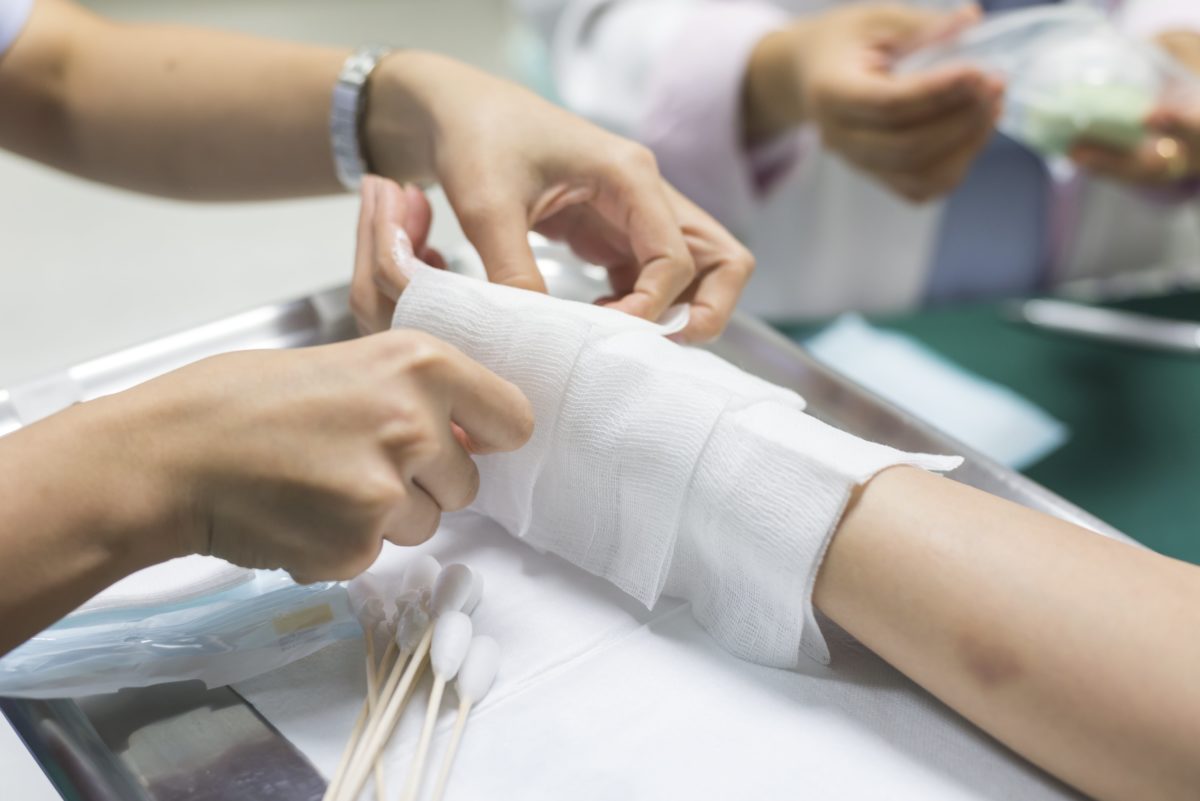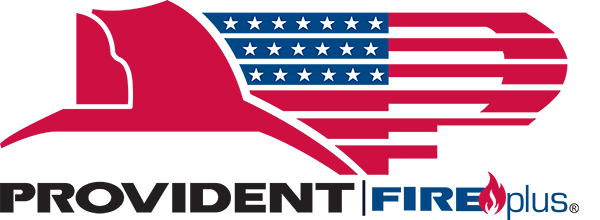
In firefighting operations, burns are a common hazard, but that doesn’t mean that they’re not dangerous. Burns are damage caused to one or multiple layers of skin and flesh by external sources such as heat or chemicals, and the level of severity from minor to major depends on the “degree”. Each degree notes a higher level of damage starting at first degree and moving as far as the fourth degree. Adequately identifying burns will increase the chances of effective and successful treatment.
Burn Types
Burns can be grouped into the following three categories:
- First degree or superficial burns are identified by pain, redness, acute swelling without blistering.
- Second degree burns thickens skin accompanied by blistering, indicating damage has been done to the underlying layers of skin.
- Third degree burns create leathery, waxen skin and are commonly bring numbness due to complete damage to the dermis and surrounding nerves.
- Fourth degree burns extend past the skin layers and into flesh, causing charring and irreparable damage.
For firefighting operations, it is beneficial to be able to quickly assess the degree of a burn, as this will allow you to discern how serious the injury is and what kind of medical treatment is necessary.
Home Treatment
For most burns, it’s recommended to seek immediate medical assistance. However, for superficial burns not exceeding three inches in diameter, you may be able to quickly treat it yourself without needing to travel to the hospital.
Handling a minor burn requires that you:
- Wash hands thoroughly with antibacterial soap
- Run cool water over wounded area to reduce pain and swelling
- Use a mild soap and water to cleanse affected area
- Apply an antibiotic ointment if there is no opening of the skin
- Wrap the affected area loosely with sterile gauze to avoid agitation
Medical Assistance
Second degree burns or higher need medical assistance to provide appropriate treatment. After released from medical care, it’s smart to seek advice for facilitating better wound healing in the recovery process. These steps may include using non-steroidal anti-inflammatory drugs to reduce swelling and pain and regular cleaning with reapplication of specific wound dressings.
Advanced Treatment
Hydrocolloid dressing is common for mild to moderate wounds. It is a simple patch-type dressing with gel forming components inside a flexible waterproof layer. These are effective and easy to apply and maintain; only needing to be changed every three to five days.
Hydrogel dressings are more commonly used for blistering wounds with a special layer to soothe pain and provide moisture to promote healing. It requires a loosely wrapped gauze layer to stay in place.
Third-degree burns must have advanced wound treatment handled by a medical care provider unless directed otherwise. Treatment will likely involve removal of necrotic tissue, the use of skin grafts, and potentially physical therapy.
Any burn second degree and beyond should inquire medical treatment for proper healing. Putting treatment off may lead to further complications or worsening of symptoms.
Wound dressings used in treating higher degree burns are prescribed by the doctor and should be covered by your insurance. Minor wound care products can be purchased over-the-counter.
About Provident FirePlus
At Provident FirePlus, we offer custom tailored packages to best protect firefighters and volunteer firefighters. We understand the risks that emergency response teams are subjected to on a daily basis, and have worked to serve these dedicated professionals for over 87 years. For more information about our products and policies, we invite you to contact our experts today at (855) 201-8880.

